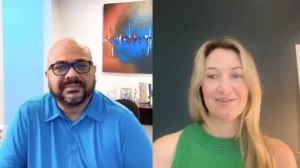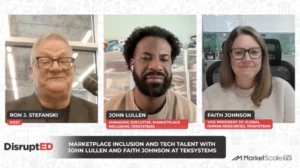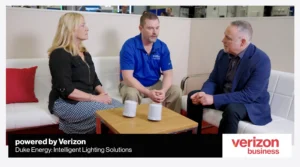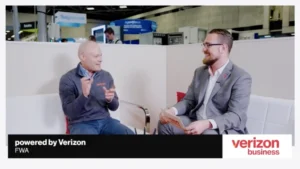Creating and Preserving Resilience is Priority for Utility Infrastructure
Growing conversations surrounding climate change have also intensified discussions on the frequency and severity of weather-related disasters, and the resilience of utility infrastructures, particularly power grids. As a result, examining the dynamic world of utility infrastructure is increasingly pertinent. This urgency to bolster the structural integrity of the electrical grid cannot be overstated since utilities are grappling with their own set of wide-range challenges. One company in particular, Osmose Utilities Services, has over nine decades in the industry and has witnessed a shift in the industry’s approach towards prioritizing grid maintenance and resilience. The company advocates for a comprehensive strategy that includes regular assessments, the application of life-extending treatments, and strengthening structures against extreme conditions.
Chad Newton, Senior Director of Wood Infrastructure for Osmose Utilities Services, shared insights into the evolving challenges and solutions in maintaining and enhancing grid resilience at DISTRIBUTECH 2024. Newton spoke to MarketScale at the event to discuss the utility sector and several approaches that could assist in overcoming some of the challenges.
Newton’s Thoughts on Utility Infrastructure
“Over the course of the ninety year history that Osmose has been in business, we’ve worked with a large number of the different utilities across the US. And in that time, we’ve really seen in the last decade that many utilities are starting to take notice of focusing on their grid and taking care of it much more, but that answer does vary as we go through and find out some utilities focused on their poles, maybe a little less and not really focusing on the right things to address the issues.”
Identifying Challenges to Structural Resiliency
“There are three main challenges that utilities face when it comes to focusing on the structural resiliency of their system. The first one being is knowing where to start and getting started, understanding what are the key rules and requirements they’re going to put in place to be more structurally resilient and working to achieve those. The next one would be a company wide focus and making sure the right amount of funding is available. We find that if there’s not a key focus in the utility, there’s oftentimes competing priorities and lot of the dollar spent may go to other projects. And then third, most challenging thing is probably time. Being more structurally resilient when there’s going to be an increase in severe weather across the country. The important thing is trying to get resilient faster. And so some of the things that Osmose can provide allows that to happen with faster analysis and faster solutions implemented in the field.”
Strategies for Achieving Structural Resilience
“Three things that they wanna focus on is the one being a comprehensive assessment of the structure itself, looking for the most accurate way to assess the structure and implementing that on the appropriate life cycle of the structure. So coming back on the pole anywhere from eight to twelve years depending on where you are in the country, making sure you’re doing that proper assessment, and understand the overall health of that structure. The second point is making sure at the time, you’re also applying a life extending preservatives to the pole. And in the case of steel structures, making sure you’re placing coatings to that structure or cathodic protection to extend the useful life of those structures. And then third, taking it a step further, we’re looking for areas that we can do loading assessment, understanding what the pole is going to perform to or the structure is going to perform to from extreme wind loading condition. And, if we need to, identify ways to strengthen that structure to better perform in those conditions.”
The Importance of Collaboration for Resilience
“In order to foster a more collaborative environment with both utilities, different contractors and the companies that are working together to make the grid more resilient. It’s really important to, one, have utilities share their experience across multiple utilities and have these contractors work together to make sure that the overall result is given to the utilities, and ultimately to the rate payer to make sure that that grid is more resilient. So I see opportunities for having good workshops working together on standards organizations to come to the right solutions really work for everybody, and we’re collaborating across multiple different departments within the utility, as well as across multiple different stakeholders that are working towards the common goal of making the grid more resilient.”
Article written by Alexandra Simon.









